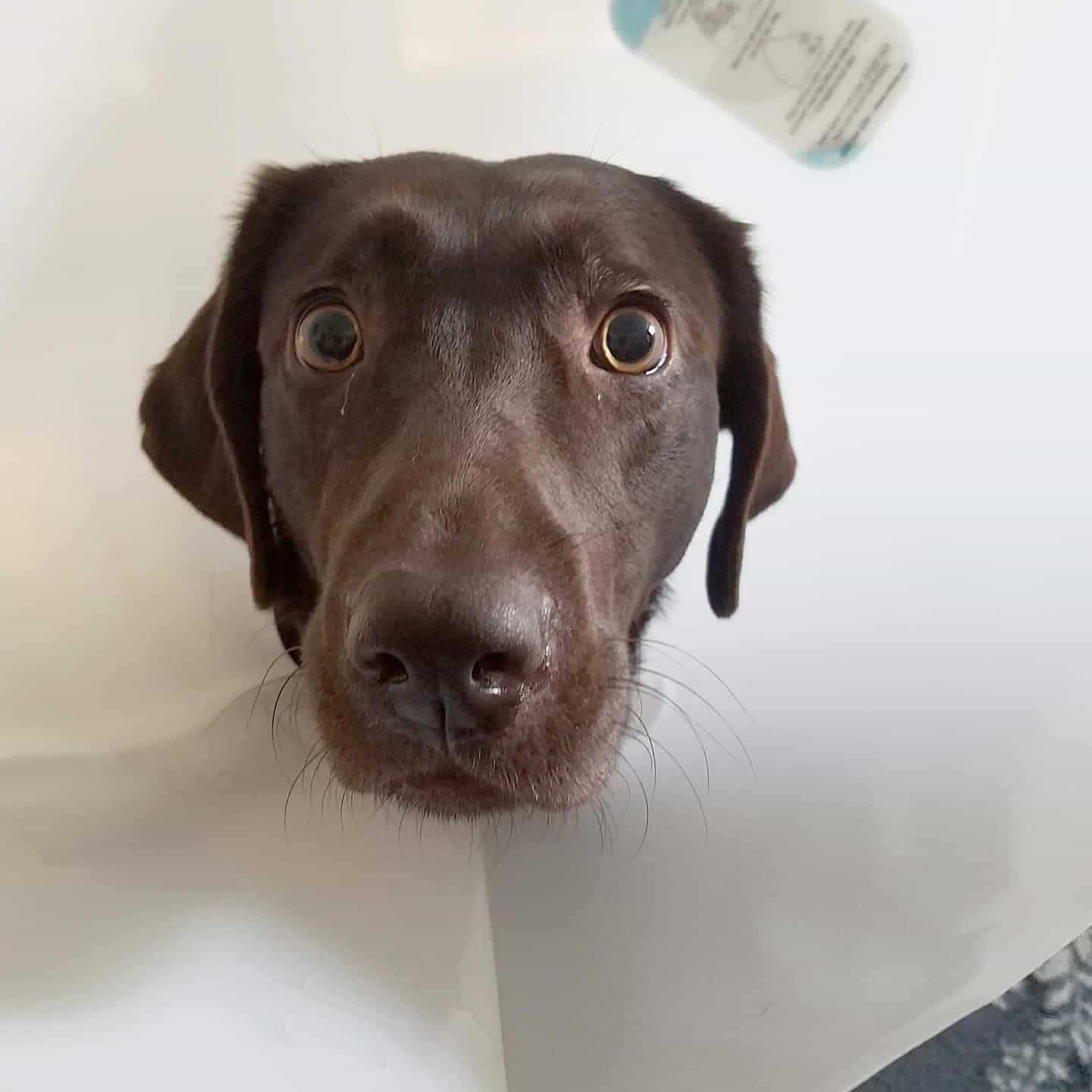11/14/2023
Ditch the Cone (The Anti-Shame Campaign)

Enhancing Welfare and Quality of Life in Veterinary Patients
Can we improve welfare and quality of life in veterinary patients recovering from injury, surgery, or disease?
Veterinary medicine has come a long way since I started working at clinics back in 1995. At that time animals were barely given pain medications, there were few, if any “Low Stress Handling®” or “Fear Free” certifications, and only a handful of veterinary professionals were offering physical therapy to animal patients. I’ve spent the last 20+ years working in veterinary physical rehabilitation and I can say from experience that we’ve come a long way since then.
Advancements in Veterinary Physical Rehabilitation
Most specialty hospitals now have full-service physical rehabilitation departments, providing therapeutic exercise, custom bracing, and physical agents like therapeutic LASER and cryotherapy. Pain management encompasses not only drugs but also TENS, PEMF, shock wave, acupuncture, massage, and many other modalities. Many clinics now celebrate their certifications in “Low Stress Handling®” or “Fear Free” programs. However, there is still a lot of work to do to help our 4 legged friends' quality of life in veterinary hospitals when providing low-stress aftercare. The use of Elizabethan Collars, aka E-collars or “Cones of Shame” is one of them.
Survey Findings: Alarming Decrease in Quality of Life
A recent online survey study done by the Sydney School of Veterinary Science showed an alarming decrease in quality of life for both pets and their owners1. The study stated, “We found that the majority of the 434 participants (77.4%) reported a poorer quality of life in their companion animals while the collar was worn, based on effects in a range of welfare domains including nutrition, environment, health, behavior and mental state.” That is a huge problem and is something that really needs to and can change in many of our veterinary hospitals around the world.
Professional Reflection: Balancing Care with the "Cone of Shame" Dilemma
For the majority of my career I have used positive reinforcement training techniques and employed low-stress handling for my patients, but I still hold shame for recommending and sometimes almost forcing owners to use cones for their dogs when I worked in the clinic. There are so many other alternatives to the dreaded “cone of shame” and clients just need a little extra time to be guided through aftercare without a cone. A well-informed client helps us have better outcomes. I’m sure all of us want our clients and patients happier and healthier than when they came in. I’m pretty sure that’s the whole goal.
Alternative Solutions: Medivet Products' Starter Pack
Below is a starter pack of “Cone of Shame” alternatives offered by Medivet Products at discounted prices. The packages at Ditch the Cone can help get your practice started at providing more cone alternatives for your veterinary patients.
References
“The Cone of Shame”: Welfare Implications of Elizabethan Collar Use on Dogs and Cats as Reported by their Owners Yustina Shenoda, Michael P. Ward, Dorothy McKeegan, and Anne Fawcett


